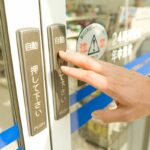If you enjoy eating sushi, then it is highly likely that you have already tasted the delight that is Kanikama. This is because it is a form of crab imitation that is popular in grocery stores and sushi restaurants, especially within the U.S.
In particular it is used in California where it is put into crab rangoons and sushi rolls. Strangely, while it offers a wonderfully crab taste and experience, it doesn’t have any crab flesh included within it.

Due to its rich history and those being very curious about it, it is no surprise that you have found your way here. In this article we shall discuss exactly what Kanikama is, tips on storing it, and how it came about.
So, What Is Kanikama?
Also known as ‘Kani-Kamaboko’ in Japan – which translates to ‘crab fish cakes’ – it is essentially fish paste (Surimi). While a far cry from the crab you thought you were eating, it does often include the tiniest amount of crab extract for flavor.
It is usually made from Alaskan Pollock, which is caught in the North Pacific Ocean. It then has its bones removed and is then grounded to a paste. From there it is seasoned and coated with a red color.
More often than not, a small amount of crab extract is then used to flavor it. It is often shaped into a long rectangular stick with one side which is red. However, it may also be cubed, flaked or shredded.
It is a cheaper way of creating crab sushi in places like restaurants and grocery stores.
What Is The Origin Of Kanikama?
These days we eat Kanikama without really knowing what it is. However, back in 1974, Sugiyo Co. Ltd created this type of food but it was flakey. It became patented too.
A year later, Osaki Suisan Co. Ltd brought the stick version to market. The founder’s son, Katsuichi Osaki, invented the Kanikama sticks by dyeing the Kamaboko a red color and then cutting it into long strips.
To him they resembled the legs of crabs.
Once they hit the market, they didn’t cause a huge stir. It was basically Kamaboko with added food flavoring and coloring put into sticks. It was the 1980s when grounded white fish meat with a crab taste became introduced.
By 1986 Kanikama was being produced in large amounts and exported to the USA. These days, however, the USA has become the biggest manufacturer of Kanikama.
So much so, the country now sells it to Japan, the place it came from originally.
What Are The Ingredients Of Kanikama?
Around 50 percent of the weight of Kanikama is fish paste. It might include up to three different white fish such as bream, whiting, and Alaskan Pollock.
However, fish isn’t the only ingredient. It may also include starch to help ‘stiffen’ the sticks. Only a little bit is added, as too much will cause the Kanikama sticks to soften.
Water makes up a huge percentage of Kanikama. It helps to form its texture. Vegetable oil is also added to do the same as water, but it acts as a way to help give the Kanikama a longer shelf life.
Salt is added to Kanikama to add taste and to gel the mashed fish paste together. In doing so, it means that Kanikama is quite high in sodium.
Sugar is also added to give the fish a little bit of sweetness. This includes sorbitol too, which helps the Kanikama to freeze and thaw well.
Lastly, soy or an egg white is added to add some extra protein to the Kanikama. It also adds glossiness, color and a smooth texture to the end product.
You may also find that the Kanikama has other ingredients within it too. These can be xanthan gum, food coloring (potential E numbers), MSG, preservatives and flavorings.
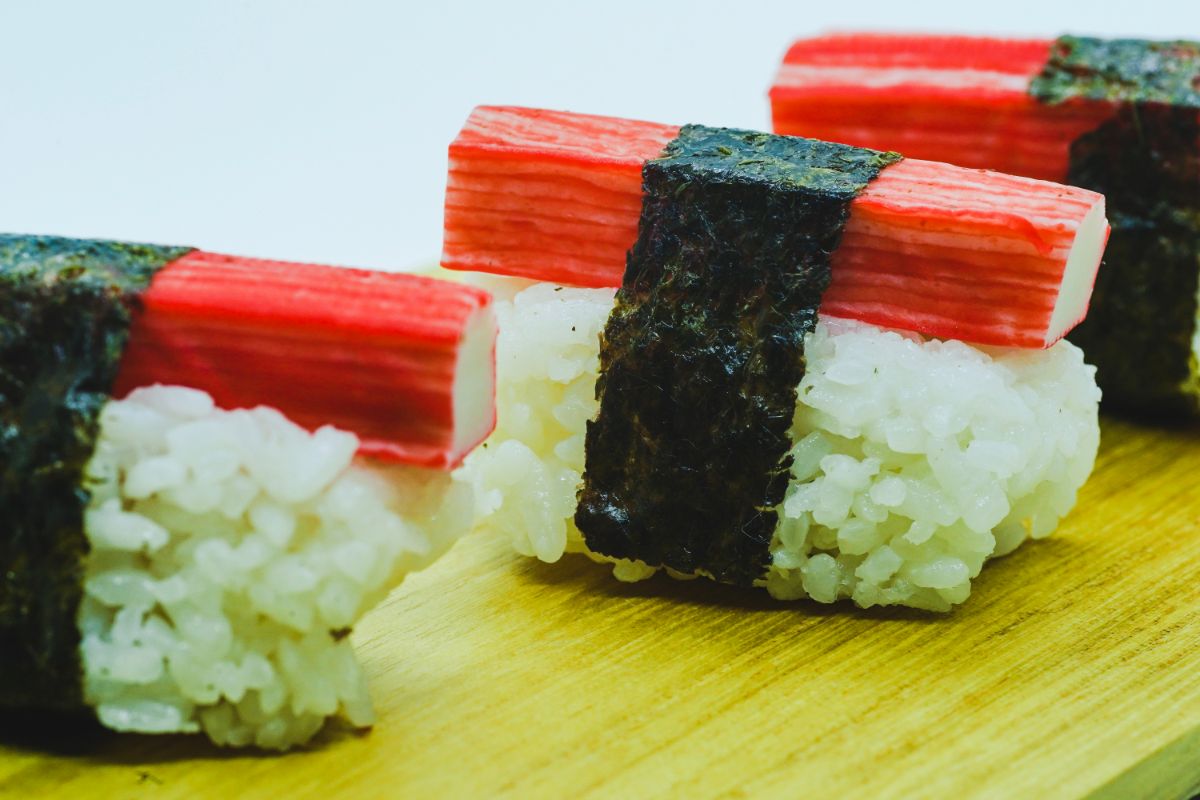
What Is The Taste Of Kanikama?
When it comes to eating Kanikama, a lot of people say that it has the flavor of cooked crab. It is quite mild too, but offers a sweet taste.
If you have never had crab before, then you may not realize that it doesn’t taste exactly like real crab. There is nothing quite like eating authentic and often costly crab.
Even so, Kanikama is widely used across the world to imitate the flavor of crab.
Are There Any Downsides To Eating Kanikama?
Kanikama often has a high sodium content. This is one of the biggest issues with eating it, so it should only be done on an occasional basis.
This is not to say you cannot enjoy Kanikama. It is perfectly fine to eat so long as you do not have a health issue that says you should be on a low sodium diet.
You should also always be careful with how much salt you eat in a day, as too much can cause a higher risk of heart disease, stroke and hypertension. However, this is over a long period of time, rather than eating one Kanikama dish.
How Should You Store Kanikama?
If you buy Kanikama from the grocery store, then you should put them into the refrigerator as soon as you get home. This is because it does contain fish. For this reason, you may want to buy them last when at the store.
If you do not plan to eat them within three to five days, then put them into the freezer. They will last for up to six months without the flavor or texture being altered.
Final Thoughts
Kanikama is the ‘crab’ that you often find within sushi, or as sticks at your local grocery store. While it looks like crab, and tastes like crab, it is white fish that has been grounded into a paste.
It includes flavoring and coloring that creates ‘imitation crab’. While it may not be real crab, you can enjoy it just the same. This is because it tastes sweet rather than very fishy.
It is also popular within Californian restaurants, too.
- 16 Best Websites To Watch Japanese Movies With English Subtitles - May 11, 2023
- Is ZIPAIR The Best Airline For Traveling To Japan? - May 11, 2023
- Ryu Murakami Vs Haruki Murakami – Which One Should You Read? - May 11, 2023

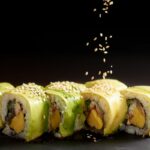
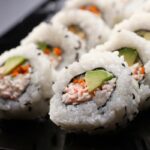
![What Sushi Has No Fish? [Vegetarian Sushi Explained] What Sushi Has No Fish? [Vegetarian Sushi Explained]](https://justaboutjapan.com/wp-content/uploads/2023/03/What-Sushi-Has-No-Fish-Vegetarian-Sushi-Explained-150x150.jpg)
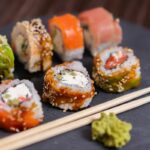

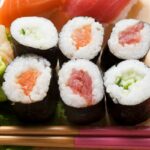
![How Many Types Of Sushi Are There? [Definitive Guide] How Many Types Of Sushi Are There? [Definitive Guide]](https://justaboutjapan.com/wp-content/uploads/2023/05/How-Many-Types-Of-Sushi-Are-There-Definitive-Guide-150x150.jpg)
